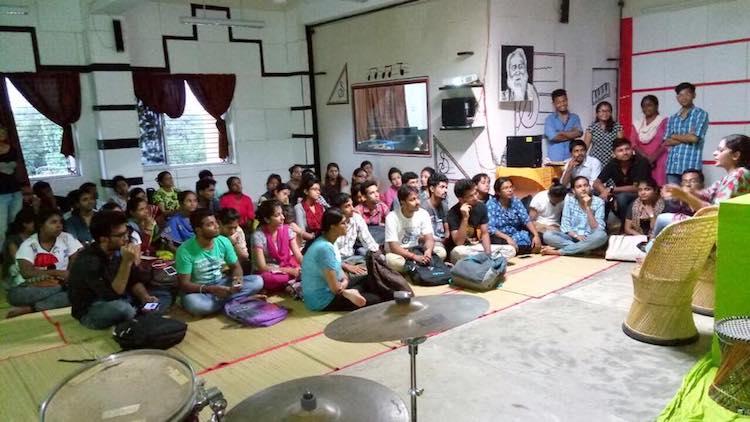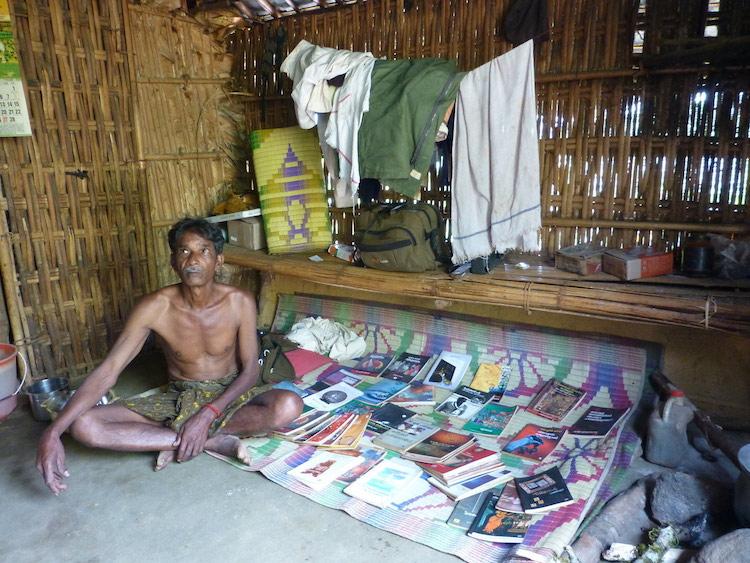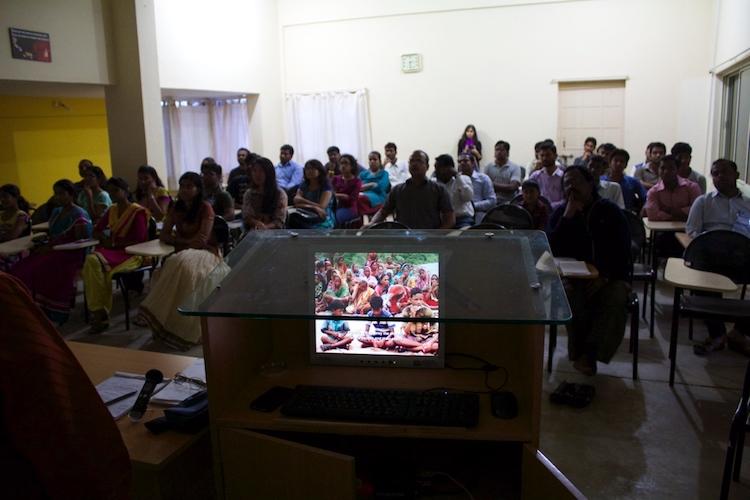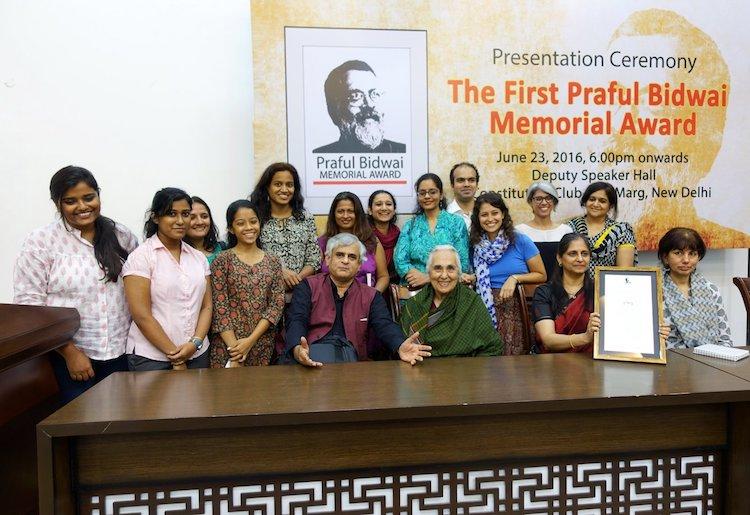Social change
How Technologists Can Support Non-Profit Organizations





Disclaimer: The statements and opinions expressed in this article are those of the author(s) and do not necessarily reflect the positions of Thoughtworks.
